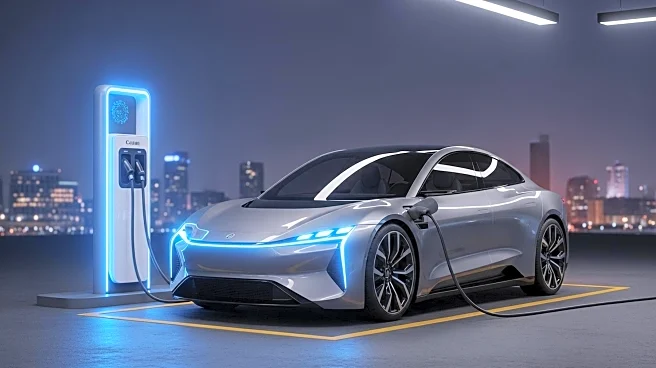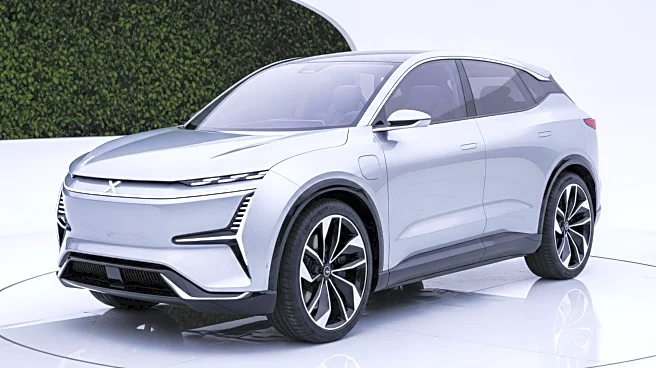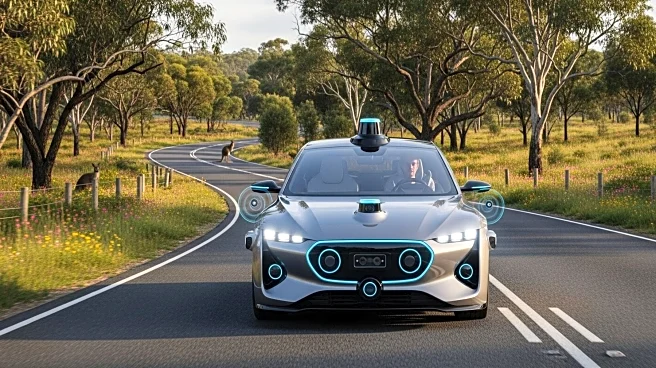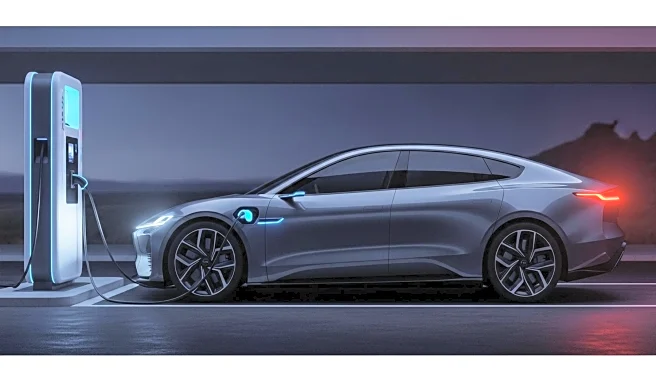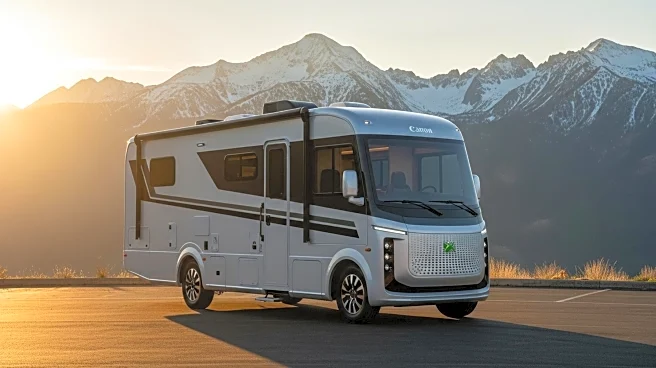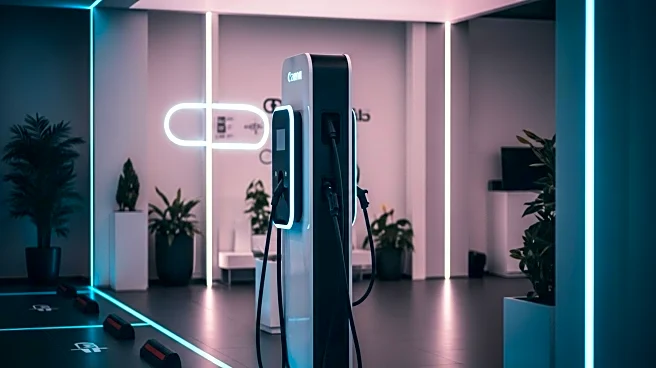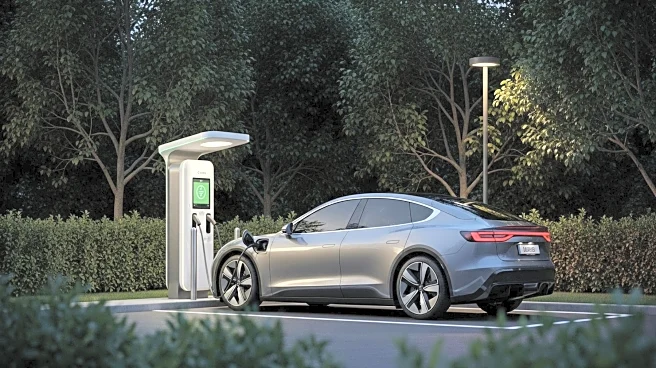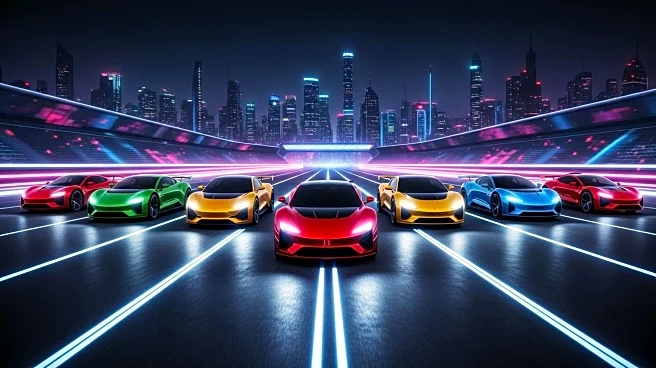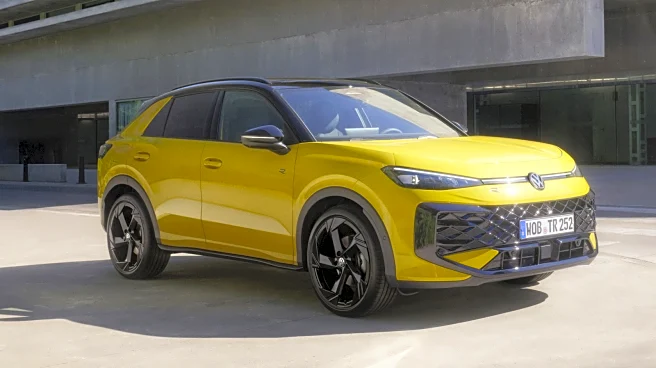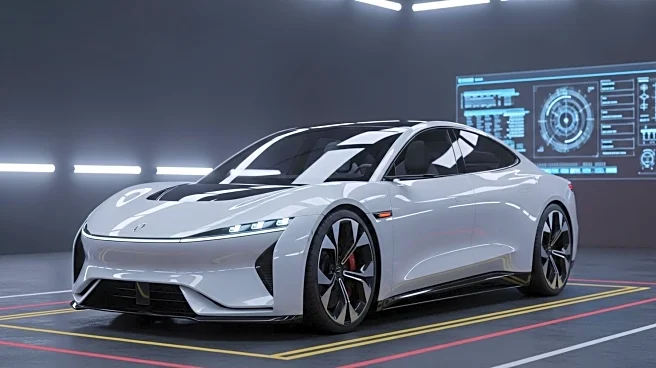What's Happening?
Nio Inc., a prominent electric vehicle manufacturer, reported a record-breaking delivery of 31,305 vehicles in August 2025. This achievement includes 10,525 vehicles from its premium smart electric vehicle brand, Nio, 16,434 vehicles from its family-oriented brand, ONVO, and 4,346 vehicles from its high-end electric car brand, Firefly. Notably, the ONVO L90 model set a new record by exceeding 10,000 units in its first full month of sales. Cumulatively, Nio Inc. has delivered 838,036 vehicles, with the Nio brand accounting for 748,448, ONVO for 75,033, and Firefly for 14,555.
Why It's Important?
The record deliveries by Nio Inc. underscore the growing demand for electric vehicles and the company's expanding footprint in the automotive industry. This surge in deliveries reflects consumer interest in sustainable transportation options and positions Nio as a significant player in the global electric vehicle market. The success of the ONVO L90 model highlights the potential for family-oriented electric vehicles to capture a substantial market share. As the industry shifts towards electrification, Nio's achievements may influence other manufacturers to accelerate their electric vehicle production and innovation strategies.
What's Next?
Nio Inc. is likely to continue expanding its production capabilities to meet increasing demand. The company may focus on enhancing its supply chain and production efficiency to sustain its growth trajectory. Additionally, Nio's success could prompt competitors to intensify their efforts in the electric vehicle sector, potentially leading to increased competition and innovation. Stakeholders, including investors and industry analysts, will be closely monitoring Nio's future performance and strategic initiatives.
Beyond the Headlines
The rise in electric vehicle deliveries by Nio Inc. may have broader implications for environmental sustainability and urban planning. As more consumers opt for electric vehicles, there could be a reduction in carbon emissions and a shift in infrastructure needs, such as charging stations and renewable energy sources. This trend may also influence public policy decisions regarding transportation and environmental regulations.
